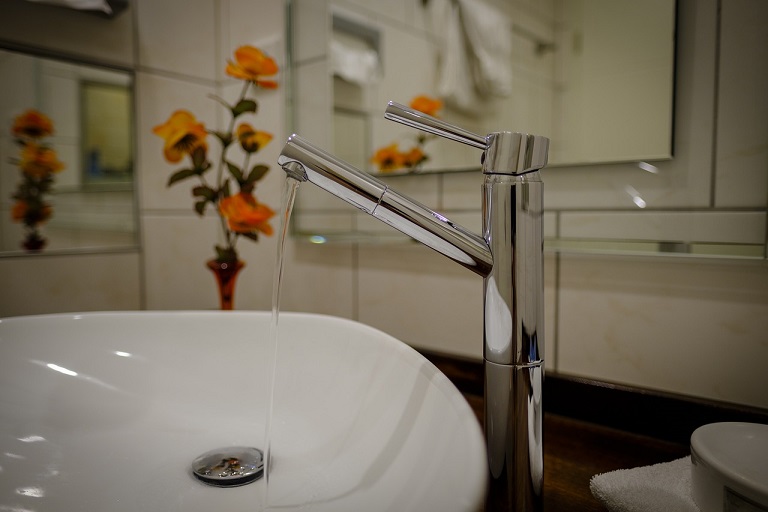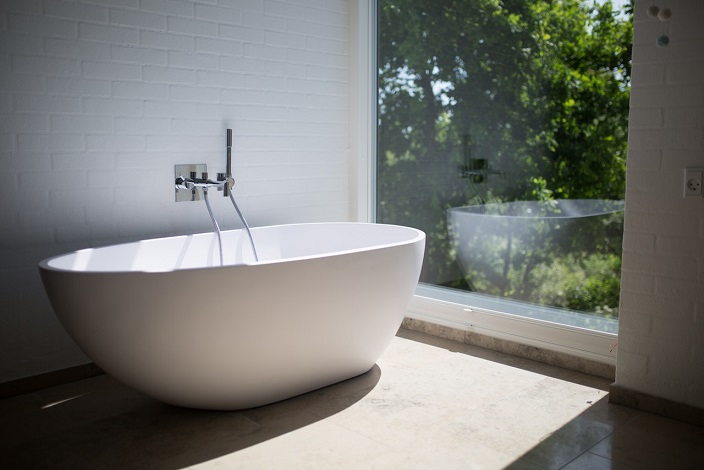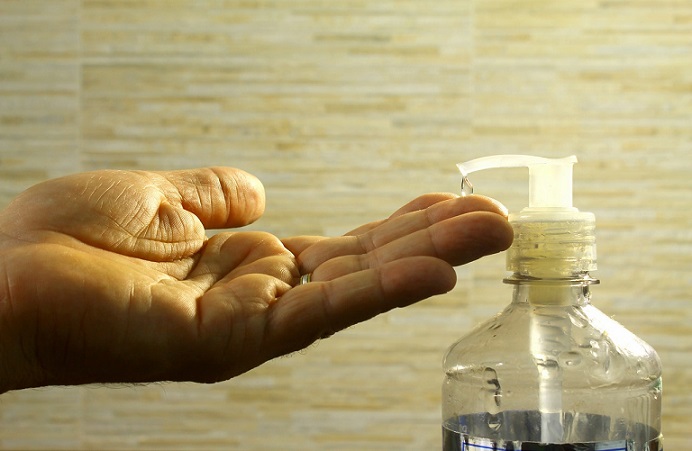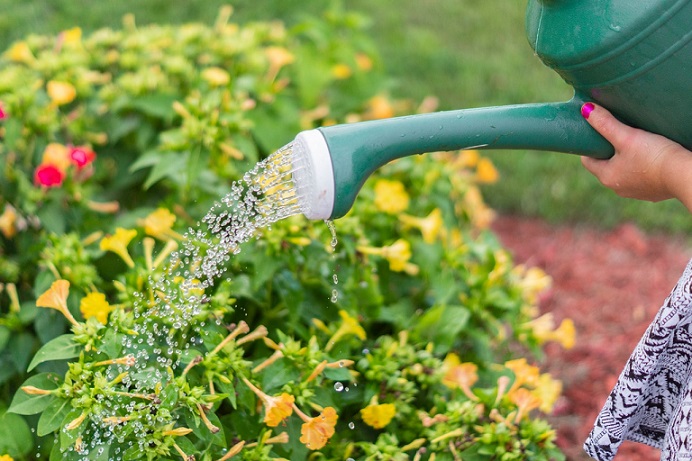Water Conservation Guide With Practical Tips for Responsible Water Consumption at Home
While people in developed countries use much more water than they actually need, many developing countries still struggle with securing enough potable water for basic needs. Let’s look at the ways of reducing this gap since there are many things each of us can do without even having to leave the home.

Change your mindset
If you invest in devices that help you measure and monitor water consumption, you’re more likely to adopt conservative behavior and practices towards the water, like for example, turning the tap off while brushing your teeth or shaving. Since most people tend to change only when they personally benefit from the change, keep in mind that this way you’ll be able to see the money you’re saving.
Water efficient fixtures go hand in hand with these devices, especially if you’re building your house. The construction phase is the cheapest time for you to consider water-saving plumbing elements, as there’s no need for making changes to the existing structure.
The way you use your water:
The cheapest and easiest way of saving water are those that depend solely on the way we do things.
- For example, stop flushing tissues and cotton swabs down the toilet, as this way you’re wasting up to 1,000 litres of water per year, just to flush your garbage away. In addition, you’re reducing the risk of clogging, which is never a cheap malfunction, especially if it calls for emergency response.
- Standard ones use from 13 to 26 liters of water per flush, while new ones do the same thing with only 6. By switching to dual-flush systems with settings of 3 or 6 litres per flush, you can save almost 20,000 litres per year. There are other things you can do, like modifying your toilet to use rainwater.
- A leaking toilet can waste up to 4,000 liters a month, especially since many leaks are hard to notice. If you suspect your toilet is leaking, drop some food color into the tank and see if the water in the bowl gets any coloration without flushing.
Money in the sink
Moving on to the sink, replace the bar of soap with a foaming or liquid soap which doesn’t require any water for soaping up, only for rinsing. Turn the water off while brushing your teeth and use a glass for rinsing. Instead of rinsing your razor in running water, rinse it in a glass. To save the amount of water you need for washing your hands or face, install faucet aerators that let you achieve the same effect with a less amount.

Eliminate invisible leaks
Some people think the only way a leak causes trouble is when a leaking or burst pipe contributes to structural or material damage indoors. However, there is much more to saving water than that. Your wastewater is also an important element in the environmental cycle, as it needs to be channelled to a processing facility, where it’s treated and returned to natural waterways, without polluting drinking reservoirs and aquifers.
If a plumbing inspection detects a drain leak, trenchless pipe relining is your best solution. The process has become widely popular due to its practicality and effectiveness, while it’s also environmentally friendly, as it doesn’t require extensive excavation and disturbing the landscape.
Adjust your bathing habits
Although no one can deny that baths are relaxing and satisfying, they waste a lot of water especially since people take a shower afterward anyway. So why not go straight for the shower?

- Make them even shorter by playing an alarm clock in the bathroom or play music and limit your shower to two to three songs only.
- Shave and soap with the water off.
- If you decide to take a bath anyway, don’t overfill the tub. The extra water will escape through the safety drain anyway.
- If the soap you use is eco-friendly, you can even use the bath water to wash your car.

Use less water for gardening
Homeowners are increasingly realizing the environmental value of lush gardens – trees and shrubs help to keep your house naturally cool and provide habitation to birds and mammals desperately looking for patches of wildlife in the suburban enclosure. However, a less idyllic picture is telling us that almost 50% of household water is spent on watering lawns and plants outside.

- If you want to save water but keep your garden lush and beautiful, make sure you use compost on your plants, which not only retains moisture but also provides the necessary nutrients. Once popular sprinklers are already being replaced with much conservative and effective drip irrigation systems.
- If you want to prevent water from evaporating too quickly, remember to water your garden plants in the morning, when the temperature is lower.
If you’re determined to apply some or all of these tips, you’re on the right path, but the work isn’t done. A true change can only be achieved if you convince more friends, colleagues, or neighbors to do the same. Make an example for your kids by turning off the faucet while soaping up your hands, or talk to your neighbor about how much you saved by using rainwater for watering.
